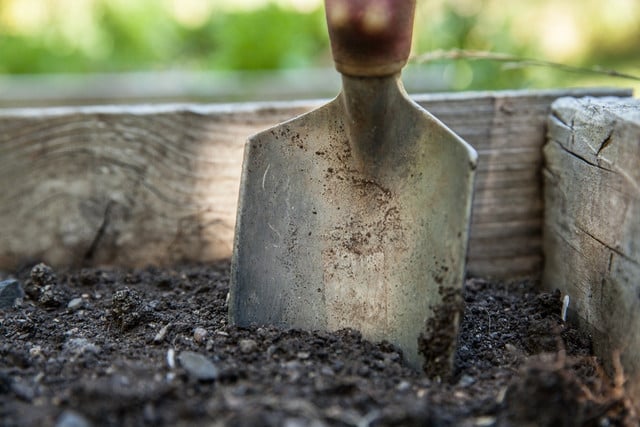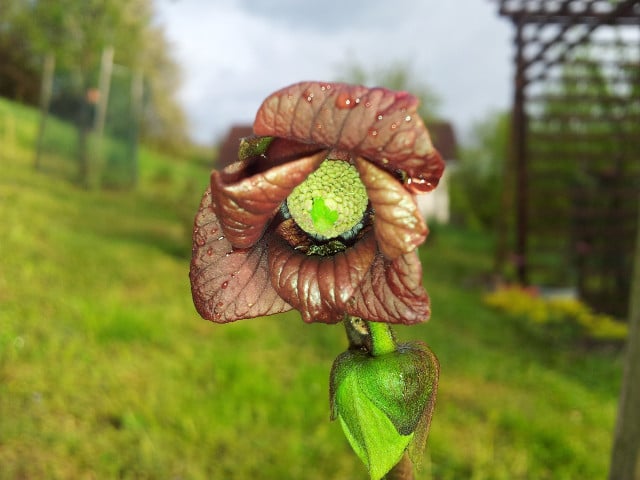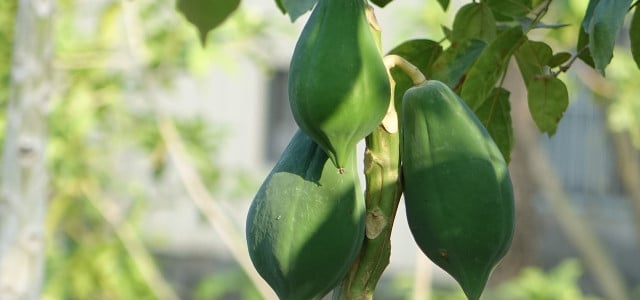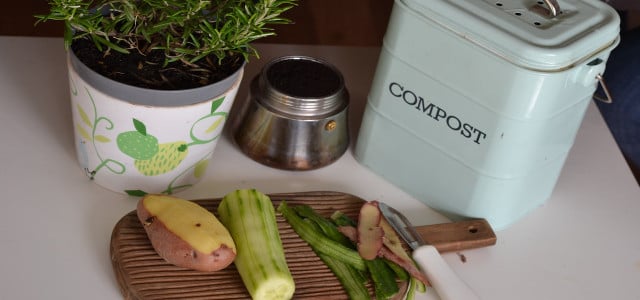Pawpaw trees produce a lesser-known and hard-to-find fruit. Luckily, you can easily grow this low-maintenance plant in your own backyard or on your balcony.
Asimina triloba, also known as the American pawpaw, is native to the eastern United States and Canada. The pawpaw tree is part of the tropical flowering plant family, but it is uniquely found in temperate climates. The yellow-green, sometimes brownish fruits are the largest edible fruit indigenous to the US.
Pawpaw Planting: What to Start With

(Foto: CC0 / Pixabay / walkersalmanac)
Wild pawpaw plants don’t always produce fruit, so it’s best not to take cuttings from the wild. Starting with seeds is also not so promising, as it will take over ten years for your tree to begin bearing fruit.
We recommend to start with root cuttings or grafted trees of around two years old. Check out your local plant and gardening shops for this. Because pawpaws are not self pollinating, you will need two, and it is best to plant them at the same time to encourage pollination and fruit bearing.
Once you’ve got that, you’re ready to actually start planting.
Pawpaw Planting Guide
- Prepare your planting site. Find a spot in your garden that is either in full sun or partial shade. The pawpaws must be outdoors in order to get pollinated by beetles and flies. Pawpaws like rich, fertile and loamy soil. Organic compost makes a good addition for planting pawpaws. It must be a moist environment that is well-draining, so make sure to utilize lots of drainage holes.
- Dig a hole. Use your hands to loosen the soil where you will plant the pawpaws. These plants need loose space to grow. The holes where you will plant the pawpaws needs to be twice as deep and twice as wide as each of the plants’ root systems.
- Plant the pawpaws. Gently transfer the plants from their holders and place them into the holes you dug for each of them. Lightly pack the soil around the trees, and water them immediately after planting.
- Keep the soil moist. You should water your pawpaws twice a week throughout the year, and three times per week when it’s very hot. To retain moisture and keep the soil fertile, you should add mulch to the topsoil from time to time.
- Prune your pawpaw trees in late winter, in order to encourage new growth in the spring.
- Enjoy! Once the baby trees are planted, there’s not much to do other than water and wait. Watch your tree grow and transform over time, and within a few years, you will have fresh pawpaw fruit to enjoy.
Planting Pawpaw for Its Fruit



(Foto: CC0 / Pixabay / cokolatetnica)
If you’re planning to plant your own pawpaw tree, you’re probably doing it to enjoy its tasty fruit. Here are a few things to know about the pawpaw fruit:
Taste
The sweet tropical flavor resembles that of a banana-mango-pineapple combination. Needless to say, they’re delicious. The custard-like texture of pawpaw fruit makes it easy to eat raw. It’s also commonly used to make smoothies, ice cream, and even baked goods.
Buying
Pawpaw fruit is not typically found in grocery stores or at farmers’ markets as the fruit doesn’t have a long shelf life once ripe, so it’s difficult to transport and sell quickly enough before it goes bad. However, you can easily plant a pawpaw tree in your own garden and enjoy homegrown fruit every year from August through October. It may take two to three years for your tree to start bearing fruit, but it’s well worth the wait.
Precautions
FYI, some people can get an upset stomach from eating pawpaw fruit, as well as skin irritation from handling the tree bark, leaves, and fruit. Make sure to do a skin and taste test before going ahead and planting pawpaw trees.
Read more:
- How to Grow Your Own Avocado Tree
- How to Grow a Lemon Tree from Seed – Step by Step
- 13 Best Indoor Fruit Trees to Grow in Pots
Do you like this post?







